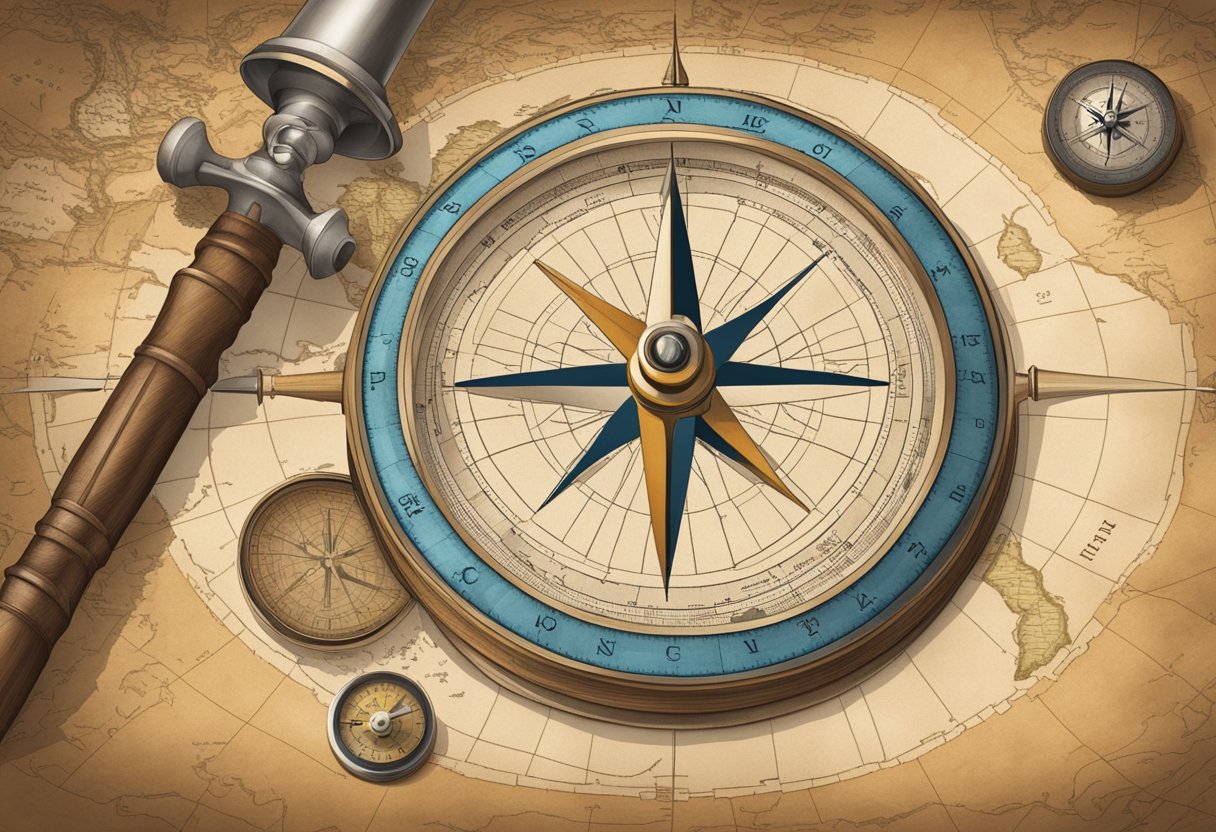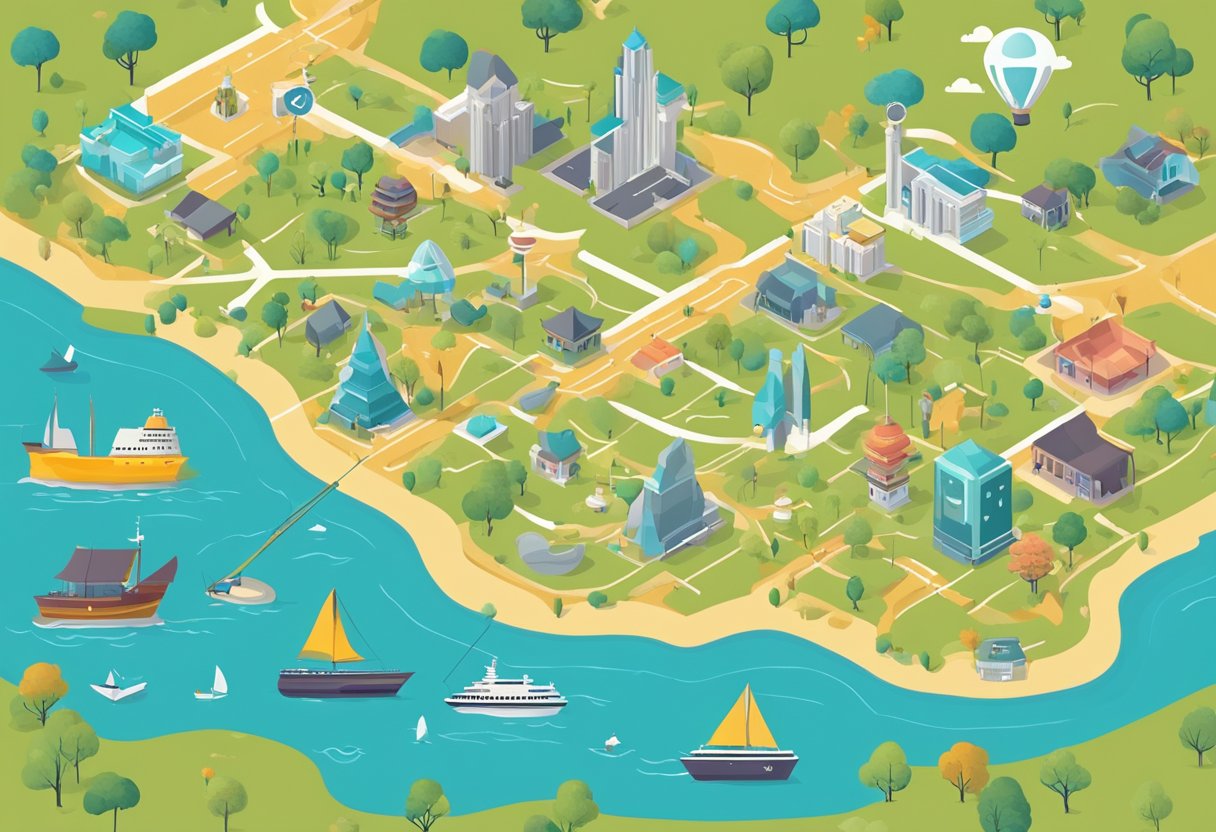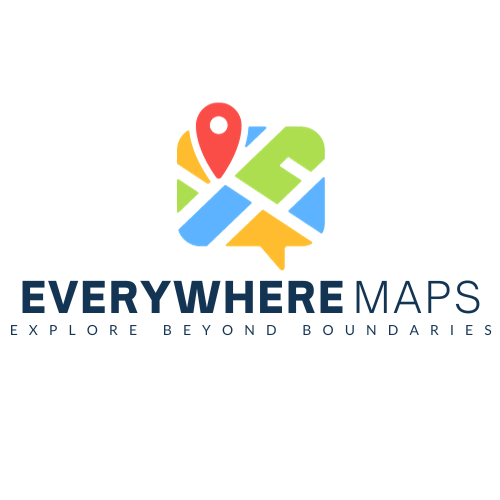Mapping the Unknown: Crystal Balls and Cartography
Are you tired of getting lost in uncharted territories? Do you ever wonder how mapmakers are able to predict the future of mapmaking? Well, wonder no more! In this article, we will explore the evolution of cartography and its pioneers, as well as strategies and tools for modern mapmakers to navigate the unknown.

Cartography has come a long way from the early days of hand-drawn maps. Today, mapmakers have access to advanced technology and data that allow them to create highly detailed and accurate maps. However, even with all these advancements, there is still a level of uncertainty and imagination required when charting the uncharted. How do mapmakers predict the future of mapmaking? What strategies and tools do they use to ensure certainty in their work? We will answer these questions and more in this article.
Key Takeaways
- Cartography has evolved significantly over time, with modern mapmakers utilizing advanced technology and data to create detailed and accurate maps.
- Despite all these advancements, there is still a level of uncertainty and imagination required when charting the uncharted.
- Mapmakers use various strategies and tools to ensure certainty in their work, including data analysis and visualization, collaboration, and experimentation.
The Evolution of Cartography and Its Pioneers
https://www.youtube.com/watch?v=zKQzq3bplug&embed=true
From Ancient Scrolls to Digital Maps: A History
We’ve come a long way since the days of ancient scrolls and hand-drawn maps. Cartography, the science and art of mapmaking, has evolved tremendously over the centuries. From the first maps created in ancient Babylon around 2300 BCE to the highly sophisticated digital maps of today, cartography has been a vital tool for understanding our world.
Early maps were often used for practical purposes, such as navigation and trade. But as technology advanced, so did the art of cartography. The invention of the printing press in the 15th century allowed maps to be mass-produced, making them more widely available and affordable.
Margaret Heffernan and the Charting Luminaries
Margaret Heffernan, a successful businesswoman and author, has studied the history of cartography and its pioneers extensively. She has written about the importance of charting the uncharted and predicting the future of mapmaking.
According to Heffernan, one of the key factors in the success of cartography has been the leadership of luminaries in the field. These leaders have been instrumental in advancing the technology and techniques of mapmaking, as well as inspiring others to follow in their footsteps.
Some of the most successful leaders in cartography have been those who were not afraid to take risks and try new things. They were able to see beyond the limitations of their time and envision a better future for cartography.
In conclusion, the evolution of cartography has been a long and fascinating journey. From ancient scrolls to digital maps, the science and art of mapmaking has come a long way. And with leaders like Margaret Heffernan and the charting luminaries paving the way, the future of cartography looks brighter than ever.
Navigating the Unknown: Strategies and Tools for Modern Mapmakers
https://www.youtube.com/watch?v=ywkhjI0aCTI&embed=true
As modern mapmakers, we face a daunting task – to chart the uncharted. We must navigate through vast amounts of data, plan for unforeseen circumstances, and predict the future of mapmaking. But fear not, fellow mapmakers, for we have a few strategies and tools up our sleeves to help us navigate the unknown.
Embracing Uncertainty: Scenario Planning and Predictive Models
One of the biggest challenges we face is uncertainty. How do we plan for the unknown? The answer lies in scenario planning and predictive models. By creating multiple scenarios and models, we can better prepare for different outcomes and make more informed decisions. It’s like playing a game of chess – we need to think several moves ahead to stay ahead of the game.
The Role of Technology: From GPS to AI
Technology has revolutionized the way we make maps. From GPS to AI, we have access to a plethora of tools that can help us create more accurate and detailed maps. But technology is not a silver bullet – it’s only as good as the data we feed it. We must be mindful of the limitations of technology and use it as a tool to enhance our maps, not replace our expertise.
In conclusion, as modern mapmakers, we must embrace uncertainty, plan for different scenarios, and leverage technology to create the best maps possible. It’s a complex task, but with the right tools and strategies, we can navigate the unknown and chart the uncharted.
Frequently Asked Questions

How might cartographers avoid getting lost while mapping new frontiers?
Cartographers have always been at the forefront of exploring the unknown, and as such, they have developed a set of skills to ensure they don’t get lost while mapping new frontiers. These skills include using compasses, sextants, and other navigational tools to stay on course. With the advent of modern mapping technologies, cartographers can now also use GPS and satellite imagery to help them stay on track.
In what ways could mapmaking tech outsmart a savvy pirate hunting for buried treasure?
While we don’t condone piracy, we can’t deny that pirates have been known to bury their treasure in uncharted territories. However, with the help of modern mapmaking technologies, we can outsmart even the savviest pirate. With satellite imagery and ground-penetrating radar, we can now locate buried treasure with pinpoint accuracy.
What’s the likelihood of discovering a new continent with modern mapping, and will it be named after the internet?
While it’s unlikely that we’ll discover a new continent, it’s not impossible. With advances in mapping technologies, we’re able to explore areas that were previously inaccessible. As for naming a new continent after the internet, we think it’s more likely that it will be named after a famous explorer or scientist.
Could the future of mapmaking lead to finding where all the missing socks really go?
As much as we’d like to know where all the missing socks go, we don’t think mapmaking will be able to solve this mystery. However, we do think that mapmaking technologies will continue to evolve and help us explore and understand the world around us.
Will self-updating maps mean I’ll never again drive into a lake that wasn’t on my GPS?
Self-updating maps are already a reality, and they’re getting better all the time. While they won’t guarantee that you’ll never drive into a lake that wasn’t on your GPS, they will help you stay up-to-date on changes to the road network and other important features.
How will virtual reality change the way we ‘travel’ to uncharted territories from our living rooms?
Virtual reality is already changing the way we explore new territories. With VR headsets, we can now ‘travel’ to uncharted territories from the comfort of our living rooms. As VR technology continues to improve, we’ll be able to explore these territories in even greater detail and with greater accuracy.

